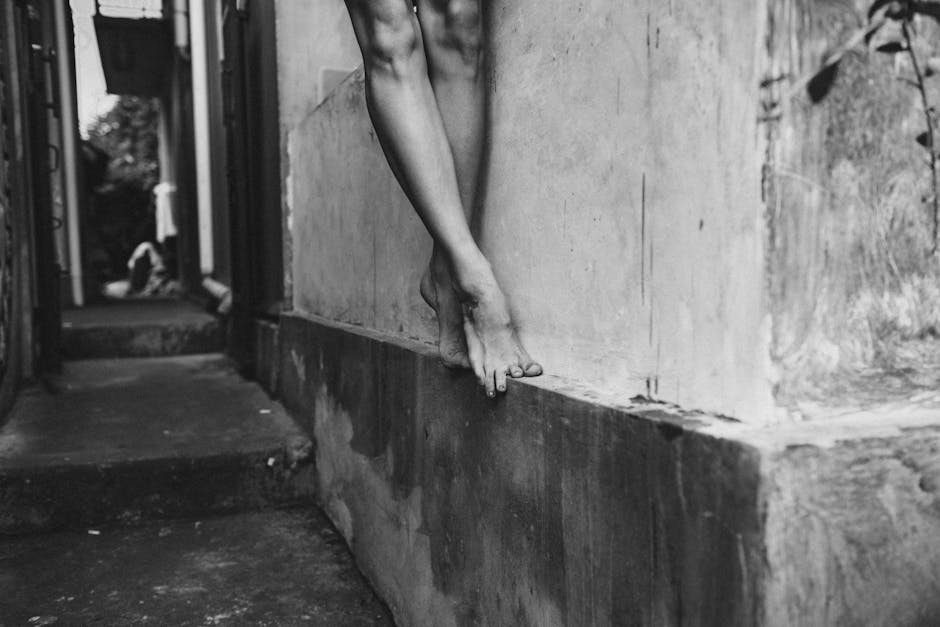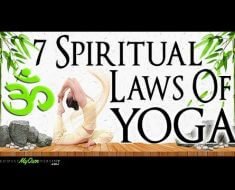Positive Energy Body Balance
Reflexology Positive Energy Body Balance: The Science of Walking on Energy
Reflexology is a form of massage that uses pressure and massage techniques to help to improve the function of the feet and hands. The practice is based on the theory that the reflex points on the feet and hands correspond to specific organs and systems in the body. When pressure is applied to these reflex points, it is believed that this can stimulate the flow of energy and improve the functioning of the organs and systems. Reflexology has been used in China for centuries as a form of medicine and is now being more widely used as a form of massage. Research has shown that reflexology is effective in relieving pain, reducing stress, improving circulation, and improving the function of the feet and hands.
: an inefficient way to walk that can be improved with practice
Reflexology is an ancient form of medicine that uses pressure to stimulate points on the feet and hands. While reflexology is purported to be an effective treatment for a variety of ailments, there is little scientific evidence to support this claim. In fact, reflexology is an inefficient way to walk that can be improved with practice. When practiced incorrectly, reflexology can actually cause more damage to the feet and hands than it can help. The pressure that is applied to the feet and hands can cause tissue damage and even circulation problems. This is because reflexology relies on the principle of reflex action, which states that any stimulus, such as pressure, will cause a response in a particular organ or system. Because reflexology is an inefficient way to walk, it is not recommended as a standalone treatment. In fact, the majority of people who are interested in reflexology should also consult a healthcare professional to see if they are a candidate for other forms of foot and hand therapy.
How Reflexology Positive Energy Body Balance Can Improve Your Walking Efficiency

Reflexology and walking: Pelvic Listing Technique Keeps Center of Positive Energy Body Balance
Gravity in Proper Place Reflexology and walking are two therapies that are often used together. Pelvic Listing Technique (PLT) is a reflexology technique that is used to keep the center of gravity in the proper place. This technique can help to improve balance and coordination, both physically and mentally. Walking is a great way to get exercise, and it has been shown to be beneficial for mental health. Walking can help to improve moods, stress levels, and sleep quality.
How to perform the pelvic list for better walking efficiency
The pelvic list is a simple exercise that can help improve your walking efficiency. To perform the pelvic list, stand with your feet hip-width apart and your arms at your sides. Lift your pelvic region off the ground, keeping your back straight and your abdominal muscles engaged. Hold the position for 30 seconds, and then release. Repeat five times.
Reflexology Helps Keep the Center of Gravity from Rising in the
Middle Reflexology can help keep the center of gravity from rising in the middle, which can lead to a more stable balance and improved posture. Reflexology is a type of massage that uses pressure and finger pressure to stimulate reflex points on the feet and hands. Reflexology has been shown to improve circulation, reduce stress and tension, and increase flexibility.
Reflexology: How Heel Height Affects Contact Positions
Reflexology is the practice of using pressure and massage of the feet and hands on specific points on the feet and hands in an effort to improve health. One of the most common areas for reflexology is the heel, which is said to affect contact positions, specifically in the workplace. The heel is said to be directly responsible for supporting the arch of the foot. When the heel is particularly high, it can decrease the amount of contact that the foot has with the ground, leading to altered reflexology treatment. This could result in less relief for the feet and could even lead to plantar fasciitis, a condition that causes heel discomfort and inflammation. There are a few things that businesses can do to ensure that their employees are getting the best reflexology treatment possible. First, they can make sure that the heels of their workers’ shoes are no higher than a half inch above the ground. Second, they can provide foot massages during the workday to help
Reflexology helps keep your center of gravity on an even Positive Energy Body Balance trajectory
Reflexology is an ancient form of holistic healing that uses pressure points on the feet and hands to stimulate the body’s reflexes. The gentle pressure on these reflex points helps keep your center of gravity on an even trajectory, promoting a steady stream of energy throughout your body. Reflexology can help relieve stress, tension, and headaches, and has even been shown to improve circulation, reduce inflammation and improve sleep. Whether you are looking to relax after a long workday or just need a quick fix for a headache, reflexology is a great option.
The Pelvic Rotation and Knees and Heels Effects on Positive Energy Body Balance
the Body’s Pelvic rotation, knee and heel angles, and their effects on the body have been studied extensively over the years. By keeping these angles stable and coordinated, the body can move more effectively in all directions. In regard to pelvic rotation, maintaining a neutral pelvis can help improve upper-body alignment and movement. When the pelvis is neutral, the hips and spine are in a straight line, which allows for efficient movement of the shoulder girdle, arm, and chest. Pelvic rotation can also help lengthen the Hamstrings and improve core stability. When the knee is bent, the angle between the thigh and shinbone is increased. This angle, known as the tibia-fibula angle, has a major impact on how the leg functions. When the tibia-fibula angle is too high, the knee joint is limited in its range of motion. This can lead to problems such as knee injury and arthritis.





